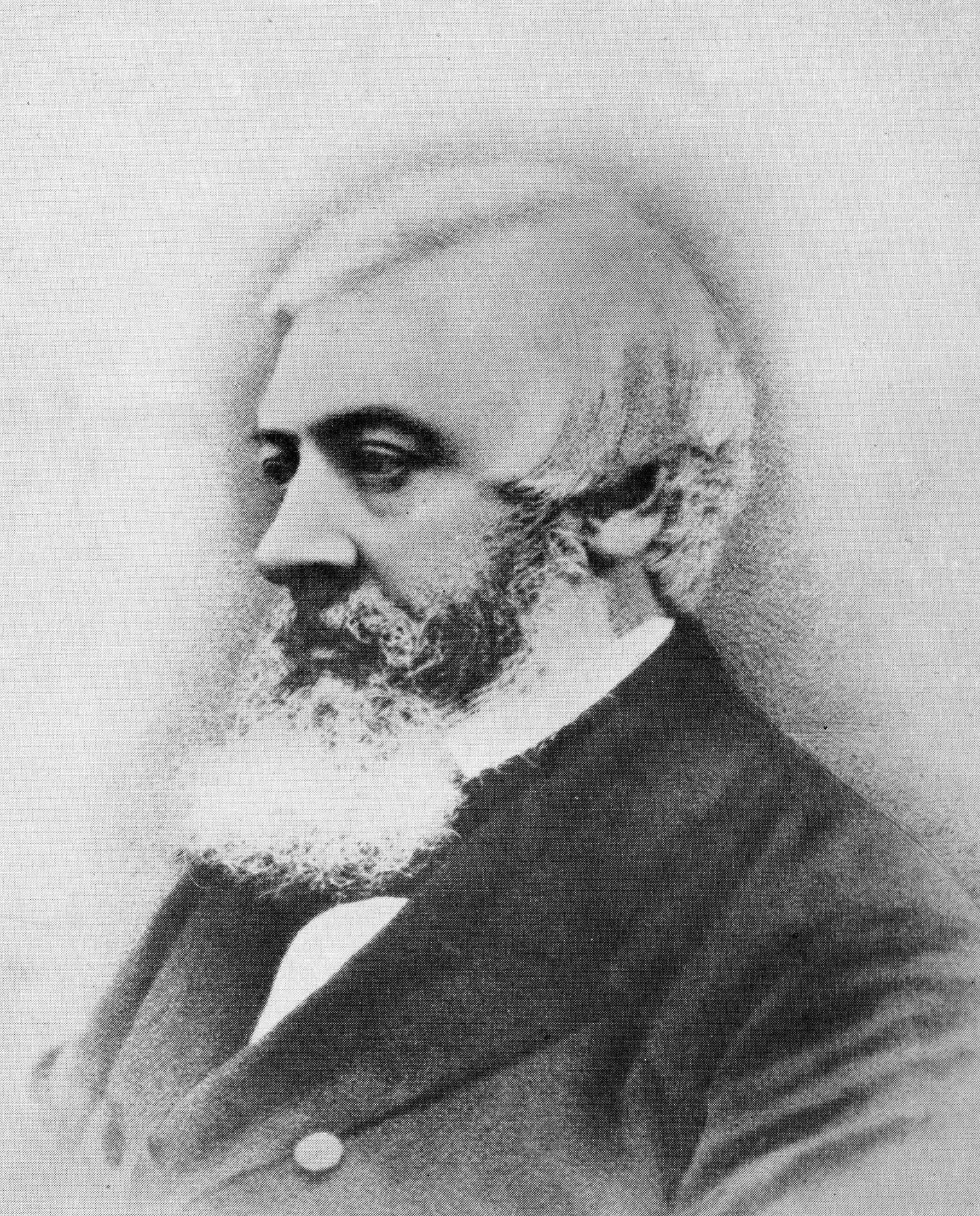- William Gossage
Infobox_Scientist
name = William Gossage
image_width = 220px
caption = William Gossage
birth_date = birth date|1799|5|12
birth_place =Burgh-le-Marsh ,Lincolnshire ,England
death_date = death date and age|1877|4|9|1799|5|12
death_place =Dunham Massey ,Cheshire ,England
residence =England
nationality = English
field =Chemist andengineer
work_institution =
alma_mater =
doctoral_advisor =
known_for =Soap , Gossage tower
prizes =
religion =
footnotes =William Gossage (
12 May 1799 –9 April 1877 ) was a chemical manufacturer who established a soap making business inWidnes ,Lancashire ,England .Early life
William Gossage was born in the village of Burgh-le-Marsh,
Lincolnshire to Thomas and Eleanor Gossage, the youngest of 13 children. At the age of 12 he went to work as an apprentice to his uncle, a chemist and druggist inChesterfield ,Derbyshire . During his time there he studied chemistry and French.Frank Greenaway, ‘Gossage, William (1799–1877)’, rev., "Oxford Dictionary of National Biography ", Oxford University Press, 2004 [http://www.oxforddnb.com/view/article/37474] , accessed8 July 2007 ]Business career
At the age of 24 he took out his first
patent which was a portable alarm to attach to clocks and watches. The purpose of this was to wake his French tutor to begin his lessons early.Hardie, p34] After working for a time as manager at Ardwick Bridge in a factory owned by the Tennant Company, he set up his own business in Leamington trading in medicinal salts. In about 1830 he went into partnership with a Mr. Farndon makingalkali at The British Alkali Works, Stoke Prior,Worcestershire .Hardie, p35] During this time Gossage experimented with a method of absorbing thehydrochloric acid gas released as a result of theLeblanc process of manufacturing alkali. He filled a derelict windmill with gorse and brushwood, introduced the gas and water at the top of the top and found that little or no fumes appeared at the bottom. [Hardie, pp17–18] He developed this technique into the Gossage tower, using a deep bed of coke in a high tower to absorb the gas.Allen, J. Fenwick, 'Chemical Classics; Some Founders of the Chemical industry - William Gossage, Part 1', Sherratt & Hughes, London and Manchester, 1906 [http://www.ul.ie/~childsp/CinA/Issue60/TOC42_Classics.htm] , accessed9 July 2007 ] The Gossage condensing towers were eventually used almost universally by the Leblanc factories. [Hardie, p59]From 1841 to 1844 Gossage was in
Birmingham manufacturingwhite lead and from 1844 to 1848 he was inNeath ,Wales , experimenting withcopper smelting . In 1843 and 1845 he took out patents in the field of metallurgy. He returned to Stoke Prior in 1848 and in 1850 he moved to Widnes. Here he established an alkali works on the opposite side of theSankey Canal from Hutchinson's No 1 factory near toWidnes Dock . Gossage's alkali production was on a small scale and he spent time in various experiments, including extractingsulphur fromcopper ores , extracting copper fromiron pyrites , concentratingsulphuric acid and manufacturing caustic soda from the black ash liquor resulting from the Leblanc process. [Hardie, pp35–37] Following another experiment, consisting of addingsodium silicate to soda ash, he discovered he could produce soap at a much lower cost than by the methods existing at the time and in 1855 he gave up making alkali to set up his soap works.Hardie, p37] Two years later he started to addpigment s to his soap, producing mottled soap. This became extremely successful commercially under thebrand name of "Gossage ". [Hardie, pp37-38] The soap was exhibited at the International Exhibition of 1862 in London where it won a prize medal for "excellence in quality".Allen, J. Fenwick, 'Chemical Classics; Some Founders of the Chemical industry - William Gossage, Part 2', Sherratt & Hughes, London and Manchester, 1906 [http://www.ul.ie/~childsp/CinA/Issue61/TOC20_ChemClassics.html] , accessed9 July 2007 ] Gossage continued to experiment throughout the rest of his career and his patents totalled over 50. [Hardie, p38] One of his patents was an attempt to make alkali by the ammonia-soda process [Hardie, pp44–45] and another to recover sulphur from alkali waste. [Hardie, p55]Personal and political
William Gossage married Mary Herbert of Leamington in 1824 with whom he had seven children. Two of their sons, Alfred and Frederick continued in the family business after Wiliam's death. Gossage's Widnes home was Marsh Hall, near to his works. He was the first chairman of the Widnes Local Board set up in 1865. [Diggle, p32] He was a signatory to an appeal for donations to build an Anglican church at West Bank. [Diggle, p40] He died in 1877 at his home in
Dunham Massey , which was then in the county ofCheshire . He is buried in Smithdown Lane cemetery,Liverpool . His estate amounted to under £160,000.Notes
References
*cite book | last =Hardie | first =D.W.P. | authorlink = | coauthors = | title =A History of the Chemical Industry of Widnes |edition= | publisher =Imperial Chemical Industries | year =1950 | location = | pages = | url = | doi = | id = | isbn =
*cite book | last =Diggle | first =Rev. G. E. | authorlink = | coauthors = | title =A History of Widnes |edition= | publisher =Corporation of Widnes | year =1961 | location =Widnes | pages = | url = | doi = | id = | isbn =
Wikimedia Foundation. 2010.
